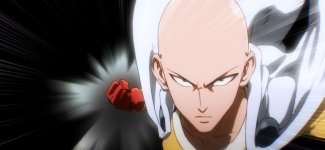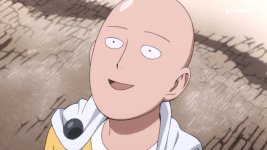Not many people analyze the backswing or the elbow or their stance
tldr; if you plan to loop hard, get your body lower but, don't lower your backswing too low.
Assuming you know how to topspin the ball well:
If you can loop underspin fine, but still loop out when encountering no spin, the quick
short term solution is to let the ball drop down, close your racket more and then loop it (not too hard). It's
not very effective, but it gets the ball on the table.
The long term solution(for those athletes who want to be competitive):
You can close your racket angle, but it will take away some speed.
Looping underspin serves requires you to drop the paddle low. After all, you must first go down low in order to go up fast.
If you drop the paddle too low, you are forced to hit upwards and it becomes very easy to loop the ball out if your opponent serves topspin or no spin.
Instead, just change the backswing. Bring your paddle back and a little less down. You still have to spin the ball of course.
Make you have a mirror or a video camera or something to help you look at what you are doing.
Most players don't realize how far their arm drops, since all they focus on is how fast they try to follow through. Players don't realize how much they drop their arms when they try to loop a no spin serve.
If you plan to snap your forearm, make sure you get your elbow low. The harder you plan to loop, the lower you would have to go.
(I'm a lefty penholder and I loop really hard, so my elbow is as low as the table or the net.)
If your elbow is too high, it is very difficult to hit forward. (you are almost forced to loop upwards, thus making people go out.
A forward motion is extremely important if you plan to loop hard and punish a serve, since going forward faster lowers the trajectory of your loop. And faster shots require lower trajectories.
Of course, the height of your elbow depends on the ball too(if it's really high or low), so adjust accordingly.
I have seen a lot of older players, and tall players especially who can't or don't get low enough.
One last thing thing is to lean forward. it is an easy way to change your looping motion into something that is directed in a more forward direction, lowering the trajectory of the loop even further. It also helps drop the elbow a little.
As a little extra:
Counterlooping openers and counter attacking is done the same way. Most people go out when they try to counterloop off of a heavy topspin loop because loopers like us are used to dropping our arm and lifting the ball. (This is fine in most scenarios) Instead, you have to raise your backswing to the appropriate height(the height of the loop matters quite a lot) and loop through the ball. Backhand punching follows the same logic. You don't drop your paddle. You raise it to the appropriate height and hit through the ball.
I can't counterloop those openers without leaning forward and raising my backswing a little and getting my body lower.
I have had this problem for years, since I loved looping underspin (and almost all I ever did, since the players I played then didn't block well). I would get frustrated when people served no spin, sidespin/topspin, because I would go out.
Having fixed this problem, I get to pretend to be Xu Xin and counterloop openers and flips all day

and of course punish long and half long serves.














